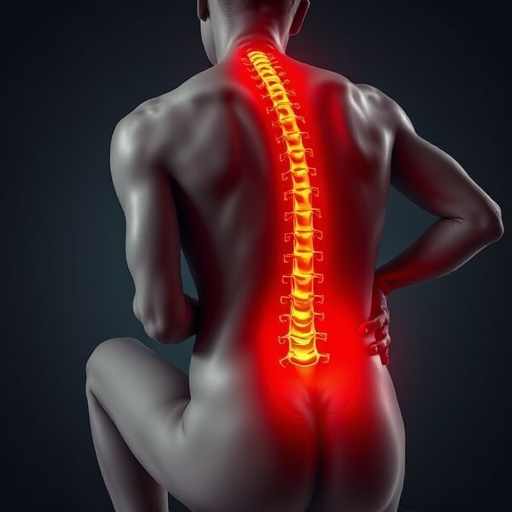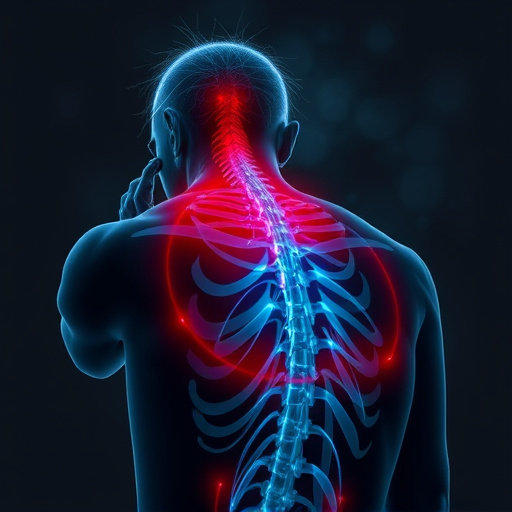Spine injury workers comp care involves a multi-phased approach: acute stabilization, subacute rehab, and chronic maintenance. Effective tracking using digital platforms ensures data-driven progress assessment and tailored interventions. Motivation and compliance are key, achieved through goal setting, communication, pain management, support groups, and counseling for successful recovery.
Tracking progress is vital for individuals recovering from a spine injury through workers’ compensation care. This comprehensive guide explores the multi-phase process, offering insights into effective tracking systems and strategies to enhance recovery. From understanding the initial assessment to navigating rehabilitation, we delve into methods to monitor improvement accurately. Additionally, we highlight techniques to boost motivation and adherence, ensuring a smoother journey towards full recovery for spine injury workers comp claimants.
- Understanding Spine Injury Workers Comp Care and Its Phases
- Implementing Effective Tracking Systems for Progress Monitoring
- Strategies for Maintaining Motivation and Compliance During Recovery
Understanding Spine Injury Workers Comp Care and Its Phases

Spine injury workers comp care is a comprehensive process designed to support and rehabilitate individuals who have suffered work-related spinal damage. This journey typically unfolds in distinct phases, each focusing on different aspects of recovery. Initially, the acute phase centres around stabilising the spine and alleviating pain through medical interventions like surgery or medication. This critical period lays the groundwork for subsequent rehab services aimed at restoring mobility, strengthening muscles, and improving overall function.
As patients progress, they enter the subacute phase, where intensive physiotherapy and specialised care help manage pain and promote healing. This stage often involves a range of treatments, including manual therapy, exercise programmes, and pain management strategies. Over time, individuals transition to the chronic care phase, which focuses on maintaining mobility, preventing further deterioration, and managing persistent symptoms like headaches relief. Effective spine injury workers comp care leverages each phase, tailoring interventions to meet individual needs and foster successful long-term outcomes.
Implementing Effective Tracking Systems for Progress Monitoring

Implementing effective tracking systems for progress monitoring is a cornerstone in managing spine injury workers comp cases. These systems should capture key metrics related to patient conditions, such as pain levels, mobility, and functional abilities, at regular intervals. Digital platforms or specialized software can streamline this process, enabling healthcare providers to access real-time data and make informed decisions. By documenting these measures, practitioners can objectively assess the effectiveness of treatments, including non-invasive treatment options like physical therapy and wellness care focused on muscle recovery.
Regular tracking allows for early identification of stagnation or setbacks, prompting adjustments in the patient’s care plan. This proactive approach ensures that interventions are tailored to individual needs, promoting optimal healing and improved quality of life. Moreover, comprehensive progress records serve as valuable tools for communication among healthcare professionals, facilitating collaboration and ensuring cohesive spine injury workers comp care.
Strategies for Maintaining Motivation and Compliance During Recovery

Maintaining motivation and compliance during recovery from a spine injury is paramount for a successful workers’ comp journey. This process can be challenging due to the physical demands, emotional strain, and potential frustration that comes with healing. However, several strategies can help patients stay on track. Firstly, setting achievable goals and celebrating milestones can provide a sense of accomplishment and encourage continued progress. Regular communication with healthcare providers offers opportunities to discuss achievements, address concerns, and adjust treatment plans as needed.
Additionally, incorporating effective pain management techniques, such as physical therapy, medication, or even innovative therapies like shockwave therapy for sciatica relief, can make the recovery process more manageable. Support groups or counseling services can also be beneficial, providing emotional support and a sense of community among those navigating similar challenges. By integrating these strategies into their routine, spine injury workers’ comp patients can maintain motivation, adhere to treatment protocols, and ultimately facilitate a smoother path to healing.
Tracking progress is vital in the complex journey of spine injury workers’ compensation (spine injury workers comp) care. By implementing robust monitoring systems and employing motivational strategies, we can ensure that individuals receive the best support during their recovery. Understanding the various phases of spine injury workers comp care and staying compliant are key to fostering a successful outcome. This comprehensive approach not only enhances patient satisfaction but also contributes to improved functional outcomes for those dealing with spine injuries.














